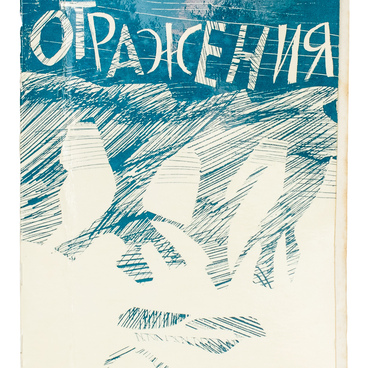The photo shows the house in Paris where the Bunin family lived. The building is located in the 16th district of Paris and is part of the Passy district — an area on the right bank of the river Seine adjacent to the ‘Bois de Boulogne’ public park.
The quiet outskirts of Paris, with elegant six- and seven-story buildings, narrow streets, bakeries and coffee shops, attracted many cultural figures. In 1939, French poet and novelist Léon-Paul Fargues wrote about the place: ‘Passy is a large province where families know each other, watch each other and hate each other for the reason that one family has more poets or politicians who came for a cup of tea than the others’.
The quiet outskirts of Paris, with elegant six- and seven-story buildings, narrow streets, bakeries and coffee shops, attracted many cultural figures. In 1939, French poet and novelist Léon-Paul Fargues wrote about the place: ‘Passy is a large province where families know each other, watch each other and hate each other for the reason that one family has more poets or politicians who came for a cup of tea than the others’.
Honoré de Balzac, Victor Hugo and Pierre Auguste Renoir lived in Passy. After the October Revolution, many Russian emigrants settled in Passy, creating their own ‘Russian Paris’.
This house was not the first home of the Bunin family in France. As early as March 28, 1920, when they just arrived in the city after forced stops in Constantinople and Sofia, they were met at the Gare de Lyon by Maria Tsetlina. She invited them to move into a small room in her apartment.
By 1922, the Bunins had collected some money from participating in various events and received donations from a public committee. Thus, they were able to move to No. 1 Rue Jacques Offenbach. Writer Alexander Bakhrakh described this place:
This house was not the first home of the Bunin family in France. As early as March 28, 1920, when they just arrived in the city after forced stops in Constantinople and Sofia, they were met at the Gare de Lyon by Maria Tsetlina. She invited them to move into a small room in her apartment.
By 1922, the Bunins had collected some money from participating in various events and received donations from a public committee. Thus, they were able to move to No. 1 Rue Jacques Offenbach. Writer Alexander Bakhrakh described this place:


